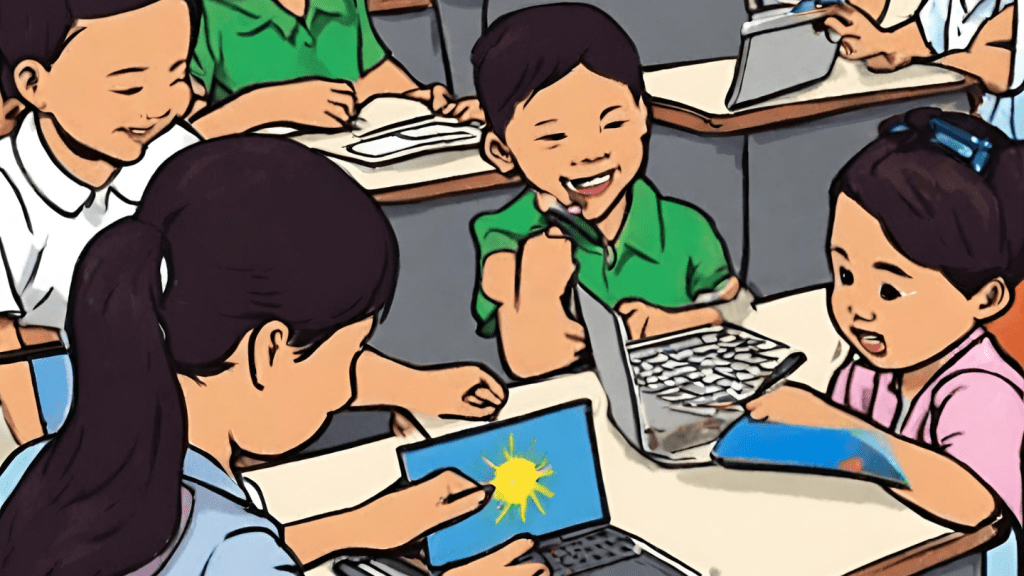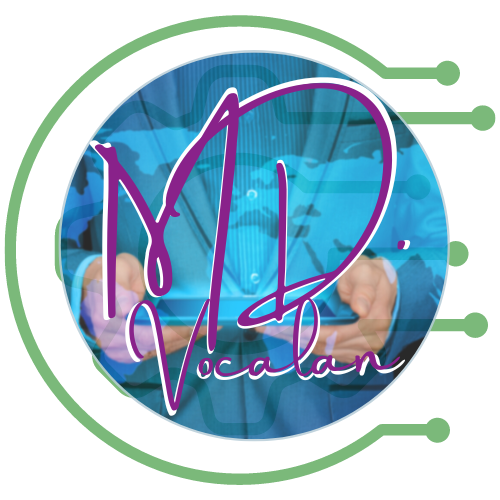The Puzzling Conundrum of Filipino Education
Filipinos are renowned for adaptability and quick learning. However, the Philippine education system faces challenges impeding global competitiveness. Despite abundant access to educational resources like libraries and the internet, the country trails in international rankings. Consequently, this discrepancy between tools and outcomes raises crucial questions about systemic issues.

The State of Filipino Education: A Case Study
Illustrating this issue is the performance of Filipino students in international assessments. Research, including studies from institutions like the Programme for International Student Assessment (PISA), highlights deficiencies within the Philippine education landscape. Compared to peers in other countries, Filipino students exhibit proficiency levels below the global average, indicating significant challenges in achieving educational excellence.
Diagnosing the Educational Deficit: Root Causes and Findings
Numerous studies delve into factors contributing to the underperformance of the Filipino education system. They identify outdated curriculum structures, limited teacher training, and an environment not accommodating diverse learning styles as critical areas needing improvement. Consequently, this gap between opportunities and outcomes raises concerns about traditional teaching methodologies meeting today’s learners’ evolving needs.
Innovative Solutions Backed by Research
Research emphasizes the urgent need for a shift in educational approaches. Integrating modern learning methodologies, aligning with digital-native preferences, emerges as a promising solution. Utilizing educational technology and interactive digital platforms tailored to diverse learning styles could bridge resource gaps and enhance academic performance. Furthermore, prioritizing investment in teacher training programs equipped with innovative teaching strategies is crucial for a dynamic learning environment.
Charting the Course Forward: Collaborative Action and Progressive Initiatives
Revitalizing Filipino education demands a collective effort involving educators, policymakers, parents, and the broader community. Hence, prioritizing initiatives such as curriculum revamping for 21st-century skills, promoting digital literacy, and creating inclusive learning spaces fostering critical thinking should take precedence. Consequently, partnerships between the government, private sector, and civil society can facilitate updated resources and necessary infrastructure for an educational renaissance.
Empowering Future Generations
Transforming Filipino education requires concerted adaptation and innovation. Leveraging research-backed strategies, integrating modern learning tools, and fostering an inclusive educational ecosystem can unlock Filipino learners’ full potential. Consequently, this paves the way for a brighter future, ensuring every Filipino student thrives in a rapidly evolving global landscape.
